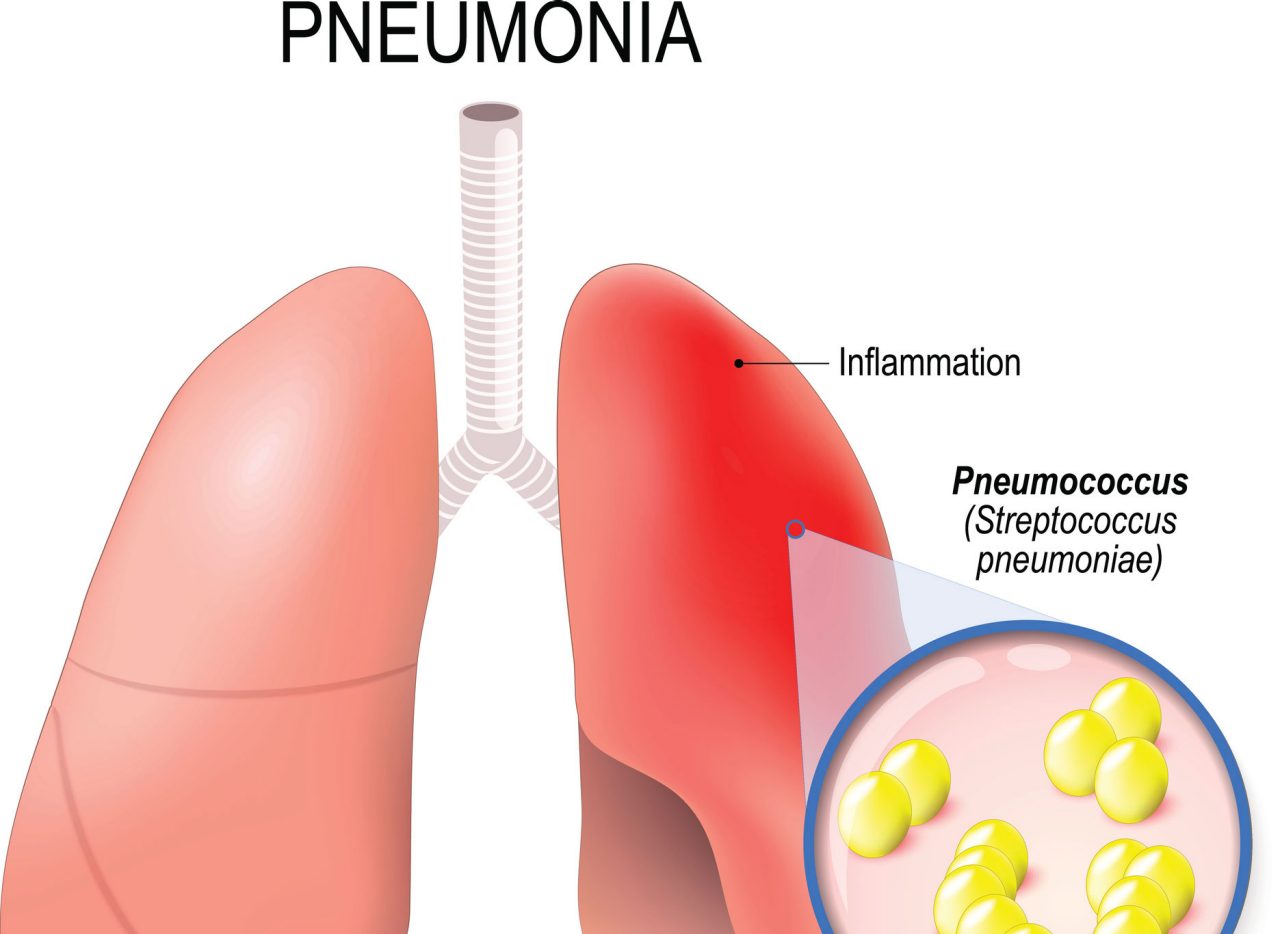Is Walking Pneumonia Contagious?

Also called atypical pneumonia, it is mild and hospitalization is not usually required. However, walking pneumonia is highly contagious.
Imagine having an illness and not knowing about it. Walking pneumonia can make you feel miserable at times and, at others, you may not even be aware you have the disease. Walking pneumonia or atypical pneumonia affects your upper and lower respiratory tract and is different from more serious types of pneumonia.
YOU MIGHT ALSO LIKE: Our Cold and Flu Season section
What is walking pneumonia, and is walking pneumonia contagious?
It’s caused by a bacterial infection and often feels like a common cold. That means you can be walking around spreading the disease because you don’t know that you have it. Approximately 2 million people in the U.S. get walking pneumonia each year. The illness lasts between a week and a month.
It affects us at any age. If you have school-age children and your child contracts walking pneumonia, he will be asked to stay home because walking pneumonia spreads easily. If you come into contact with the droplets from an infected person’s sneeze or cough, you can get it.
“Most patients with walking pneumonia are contagious for up to 10 days after onset of symptoms,” said Lokesh Guglani, MD, at University Pediatricians Children’s Hospital of Michigan.
According to Guglani, walking pneumonia symptoms usually appear between 15 and 25 days after exposure to the illness and can take two to four days to develop.
Walking pneumonia symptoms
- A cough that comes in violent spasms and produces almost no mucus
- Mild flu-like symptoms such as a fever and chills
- A sore throat
- A headache
- Exhaustion, similar to the feeling like you have the flu
- Weakness that lasts for a number of days
- Chest pain
- Vomiting
- Ear infections, a skin rash, and anemia sometimes occur.
There are three different types of walking pneumonia. They are mycoplasma pneumonia, the most common and mildest form of the disease. Chlamydial pneumonia is especially common among school-age children. Legionella pneumonia, also known as Legionnaire’s disease, is the most serious type of walking pneumonia. If left untreated, it can lead to respiratory failure and death. It mostly affects older adults, people with chronic illnesses, and those with weakened immune systems. It’s also contagious, but doesn’t spread from person to person; it’s spread from droplets of contaminated water.
If you think you have signs, talk to your doctor. She’ll perform a physical exam, ask about your symptoms, and conduct a few tests to see if you have it.
Tests for pneumonia
- Taking a culture of mucus from your lungs
- A sputum gram stain study, which takes a mixture of your saliva and mucus that you cough up and is examined under a microscope
- A throat swab
- A complete blood count or CBC
- Study for specific antigens or antibodies
- Blood culture test
Walking pneumonia treatment
If the tests come back positive, you can often treat pneumonia at home with antibiotics. If you get the rarer Legionella pneumonophila, you’ll be hospitalized and put on antibiotics, intravenous fluids, and respiratory therapy if you have difficulty breathing.
If you have pneumonia, you should rest at home, take all of the antibiotics your doctor prescribed, and drink plenty of liquids. Walking pneumonia is highly contagious during the 10-day period of when your symptoms are most severe; it’s best to avoid contact with other people so you don’t infect them.
It’s possible to have a recurrence of pneumonia. To avoid and prevent having it recur or gettting it in the first place, wash your hands, keep your hands away from your face after coming into contact with others, and cover your nose and mouth with a tissue when you sneeze or cough. If you don’t have a tissue, sneeze or cough into the inside of your elbow. That way, you won’t spread it to others.
Updated:
March 26, 2020
Reviewed By:
Janet O’Dell, RN